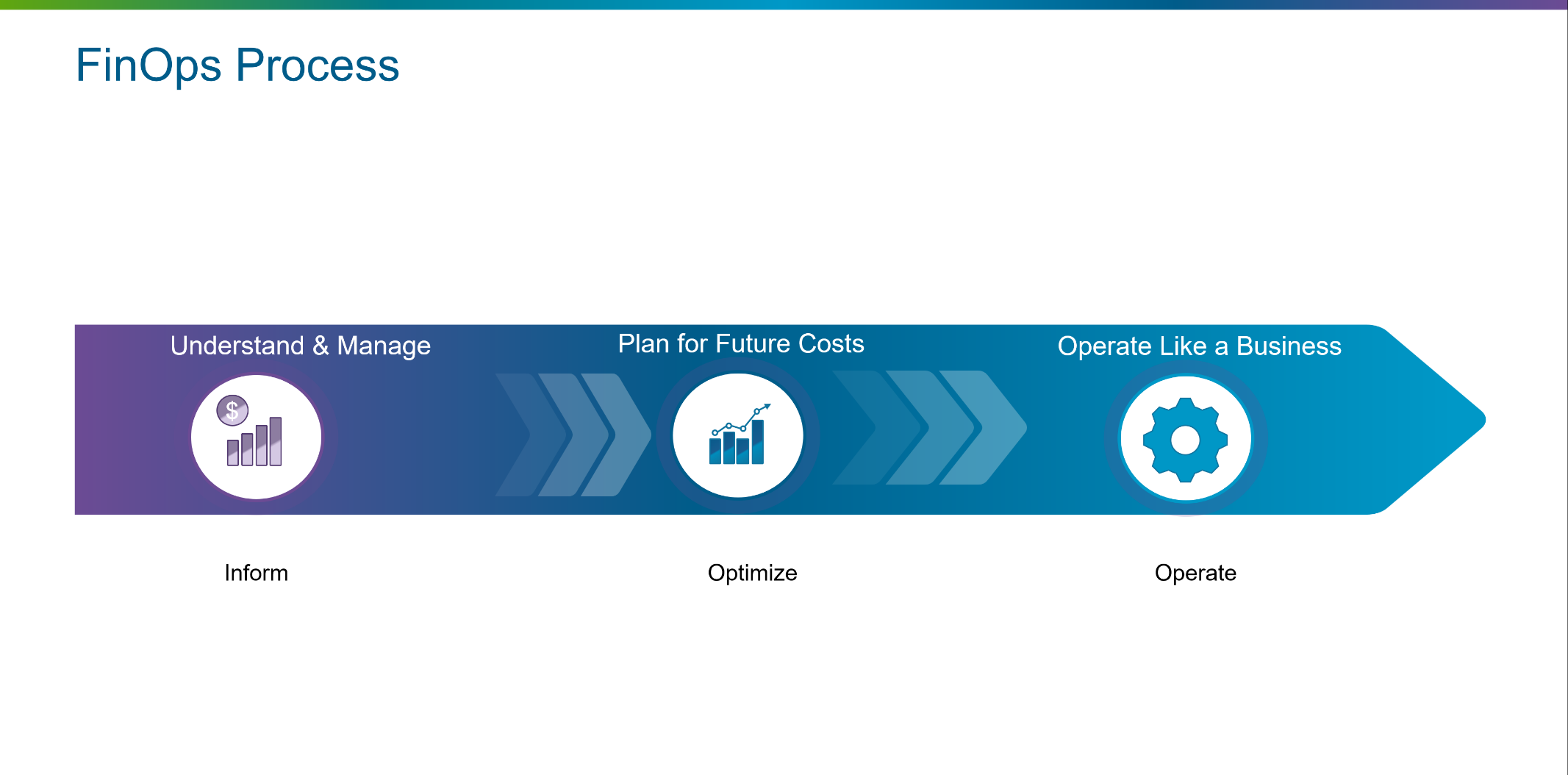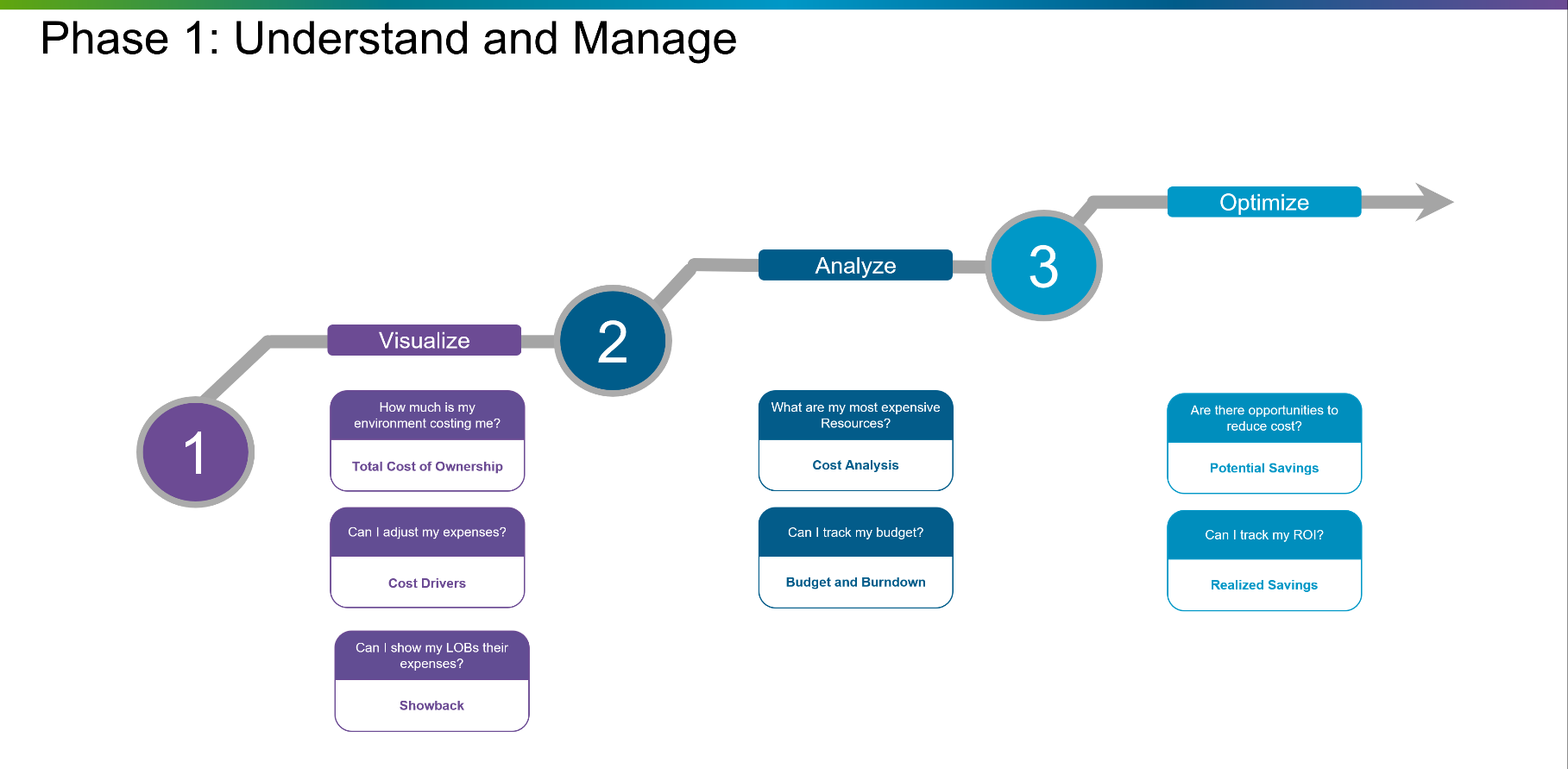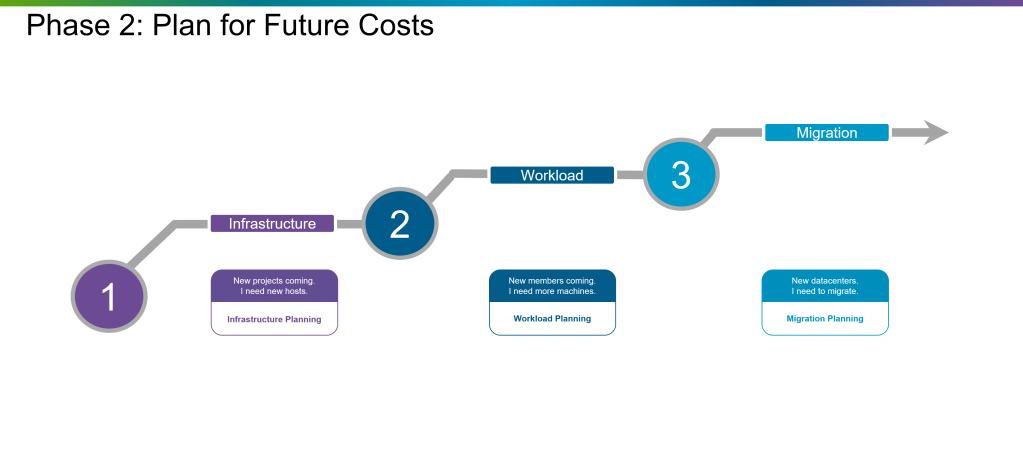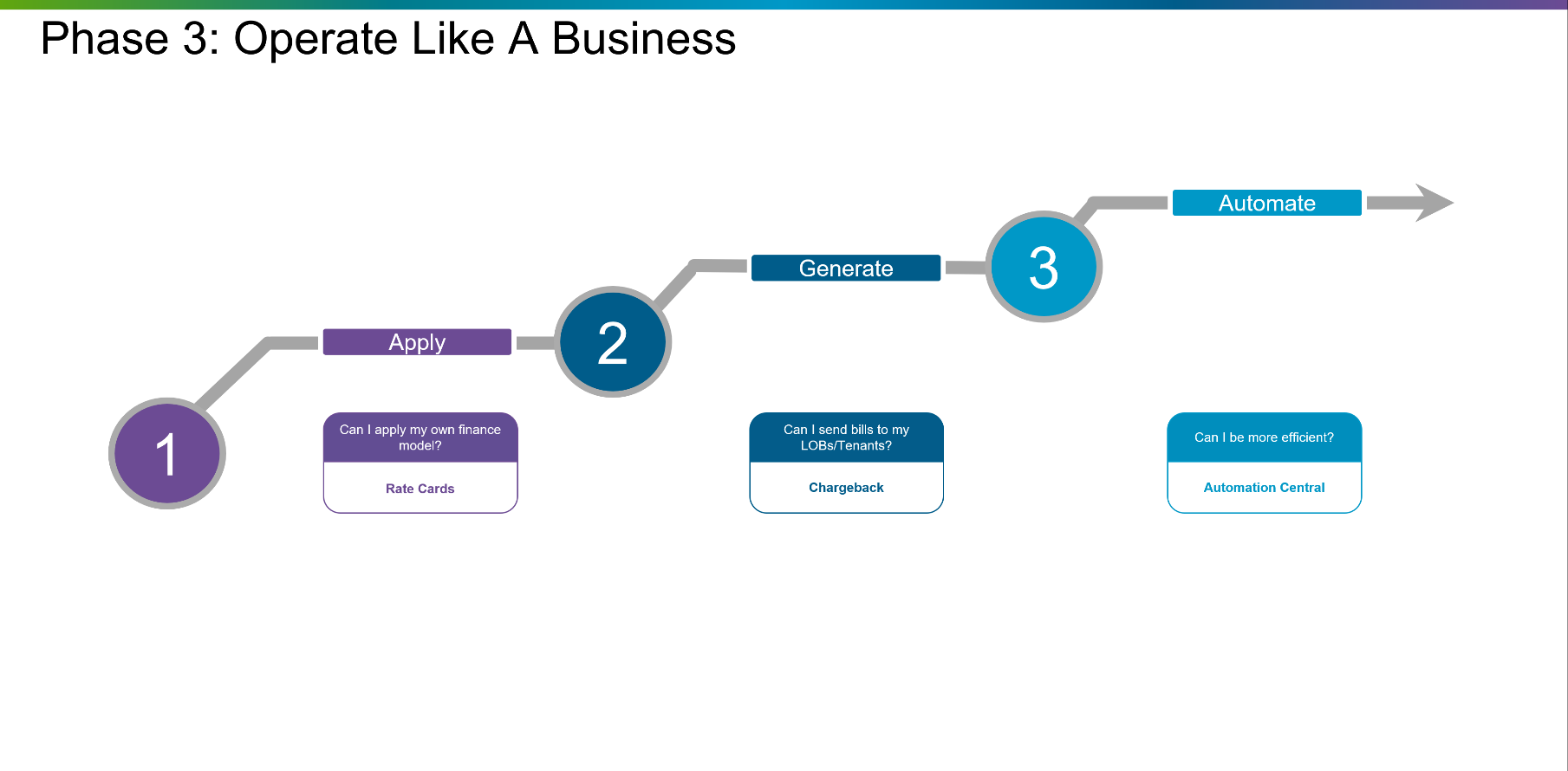Let’s be real — IT costs can be a black box. Servers hum, invoices arrive, and before you know it, your cloud spend is climbing faster than your budget can keep up.
That’s where FinOps comes in.
If you haven’t heard the term before, Financial Operations (FinOps) is all about bringing financial discipline to the way you run IT. It’s the practice of tracking, forecasting, and optimizing spending on IT resources so that every dollar works harder.
FinOps isn’t just for the big players anymore. What started as a process for larger service providers has now been embraced by smaller businesses, giving them the same ability to control cloud costs, improve efficiency, and drive smarter financial decisions.
Why? Because when IT understands the true cost of delivering services, it stops being “just” a cost center and becomes a strategic business partner.
FinOps Maturity Phases
And every organization’s path to FinOps maturity is different, but most will move through these three phases.
- Phase 1: Gaining an understanding of their costs (Inform)
- Phase 2: To planning and budgeting for future projects (Optimize)
- Phase 3: To ultimately, running IT like a business (Operate)
The good news? Regardless of where you are in the process, VMware Cloud Foundation and its FinOps capabilities can help at every step.

Phase 1: Shedding Light on IT Costs
Phase 1 of the FinOps journey begins with understanding and managing your costs.
Why This Matters:
Financial Operations (FinOps) is about more than just saving money. It’s about giving IT the tools to track, analyze, and optimize spending so that every dollar works harder. And when IT leaders can clearly explain what resources cost — and why — they move from being seen as a “cost center” to a true strategic partner.
VMware Cloud Foundation Features That Help in Phase 1:
- Total Cost of Ownership (TCO): Gain a complete view of your direct and indirect cloud costs in one place. No more guesswork.
- Cost Drivers: Fine-tune and adjust cost inputs — like hardware, power, and labor — for more accurate financial insights.
- Showback: Share usage and cost reports with departments or business units so they understand (and take responsibility for) their consumption.
- Cost Analysis: Compare spending across services and workloads to pinpoint inefficiencies and opportunities for savings.
- Optimization Tools: Reclaim unused resources, right-size instances, and cut waste to lower expenses.
- Budget Management: Set spending thresholds and track budget burn-downs to avoid unpleasant surprises at the end of the quarter.

By the end of Phase 1, you’ll have turned on the “lights.” IT leaders can see exactly where money is going — and start to shift conversations with business partners from cost complaints to value creation.
To see VMware Cloud Foundation’s Cost Visibility tools in action, refer to this video.
Phase 2: Planning Ahead
Once you’ve got today’s costs under control, it’s time to look ahead. The cheapest way to deal with future costs is to avoid them in the first place — and that’s exactly what Phase 2 of FinOps helps you do.
Why This Matters:
Phase 2 is about getting proactive. Rather than scrambling to cover new workloads or dealing with expensive last-minute fixes, IT teams use data to forecast needs, run scenarios, and make better decisions about where and how to grow.
VMware Cloud Foundation Features That Help in Phase 2:
- Infrastructure Planning: Forecast capacity needs and test different investment scenarios, such as adding or removing hosts.
- Workload Planning: Model the impact of new teams, projects, or services on infrastructure costs before making commitments.
- Migration Planning: Compare costs across datacenters or clouds to decide the most efficient home for your workloads.

Phase 2 is like rearranging and decluttering a room. By planning ahead, IT avoids emergency purchases, minimizes downtime, and ensures that future growth is sustainable and cost-effective.
To see VMware Cloud Foundation’s Cost Planning tools in action, refer to this video.
Phase 3: Running IT Like a Business
The final stage of FinOps maturity is where IT stops being just a cost center and starts operating like a business. In Phase 3, financial discipline is baked into daily operations, making IT a true partner to the enterprise.
Why This Matters:
When IT operates like a business, it brings transparency, accountability, and predictability to financial management. This builds trust with stakeholders and enables IT leaders to make stronger cases for investment and innovation.
VMware Cloud Foundation Features That Help in Phase 3:
- Pricing Policies (Rate Cards): Define custom pricing that reflects your organization’s cost structure.
- Chargebacks: Bill departments or tenants directly for their usage with clear, detailed breakdowns.
- Billing: Automate and streamline invoice generation, reducing manual work and ensuring financial accuracy.

At this stage, IT doesn’t just manage resources — it delivers measurable business value. It’s an ongoing maintenance to keep the room tidy.
To see VMware Cloud Foundation’s Chargeback tools in action, refer to this video.
Final Thoughts
At the end of your FinOps Journey, you’ll be managing today’s costs and planning tomorrow’s investments.
With full visibility, accountability, and automation, IT leaders can speak the language of the C-suite: ROI, margins, and budget discipline. And when that happens, IT becomes not just a service provider, but a true driver of business success.




